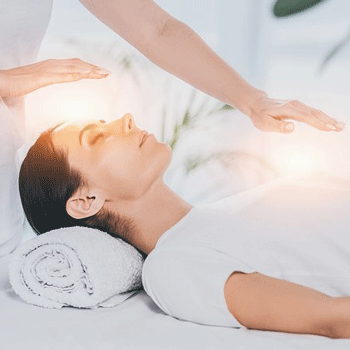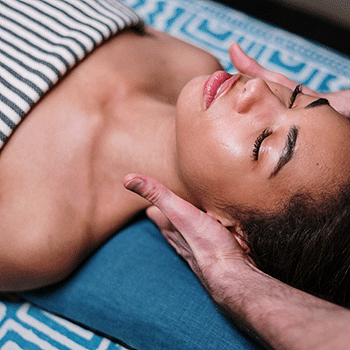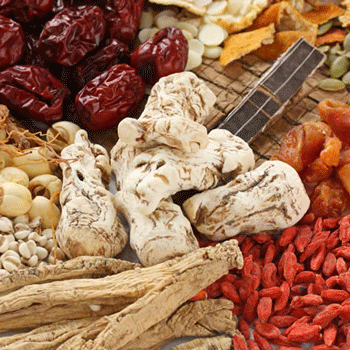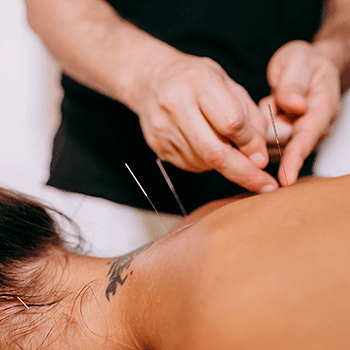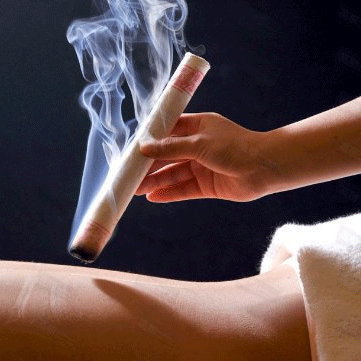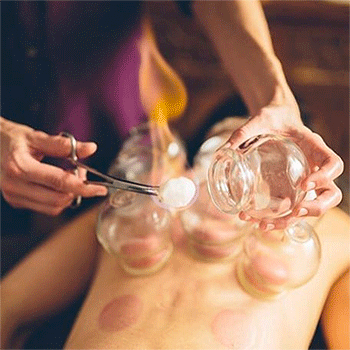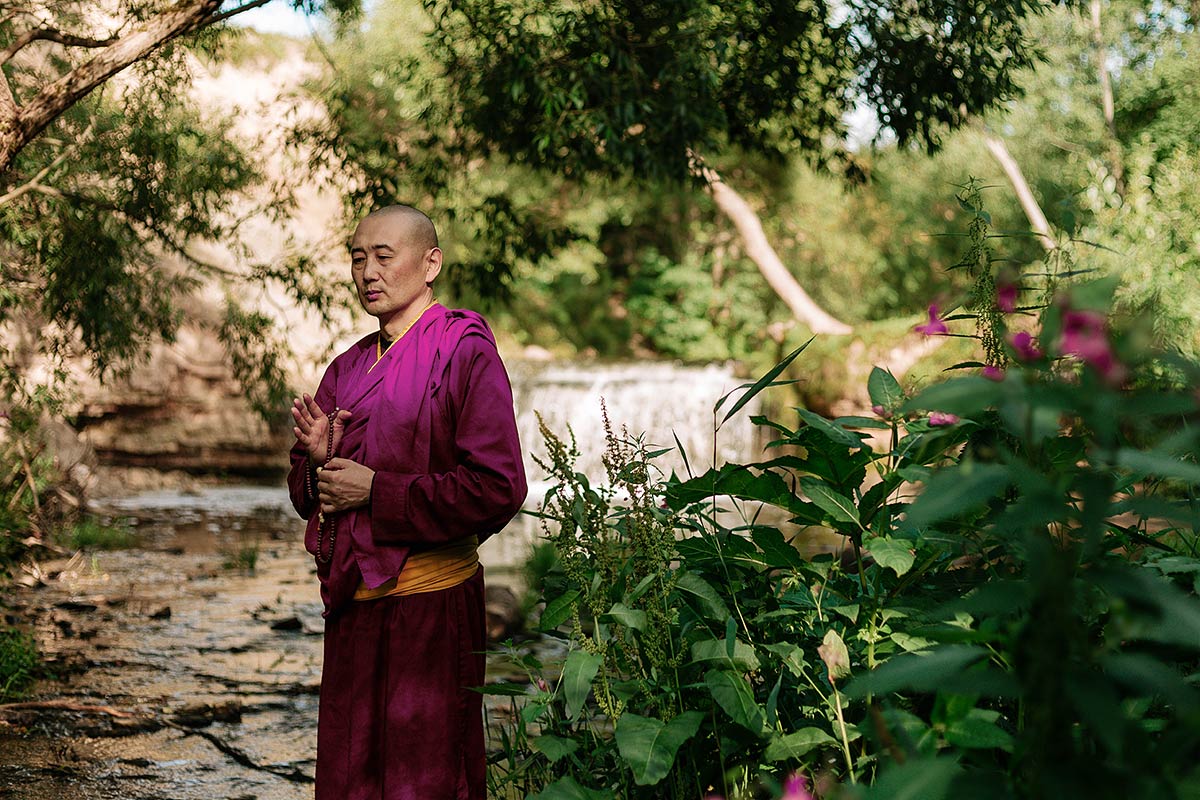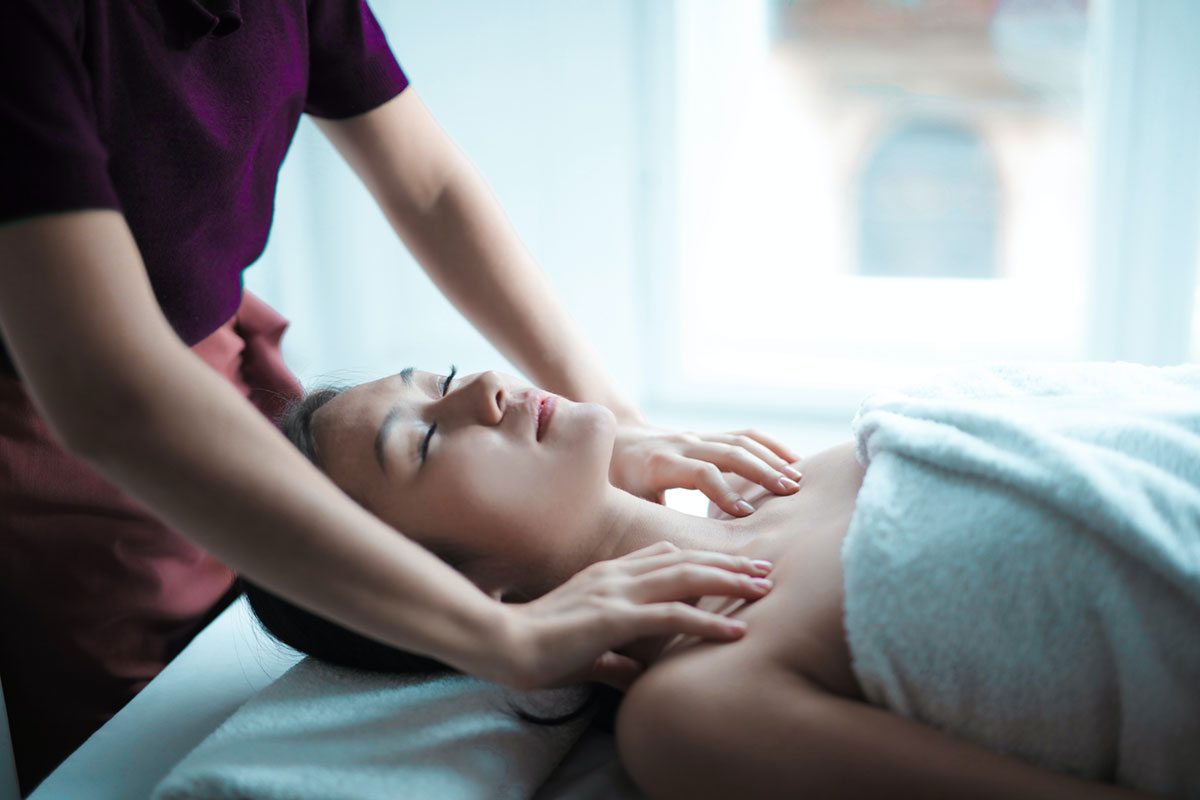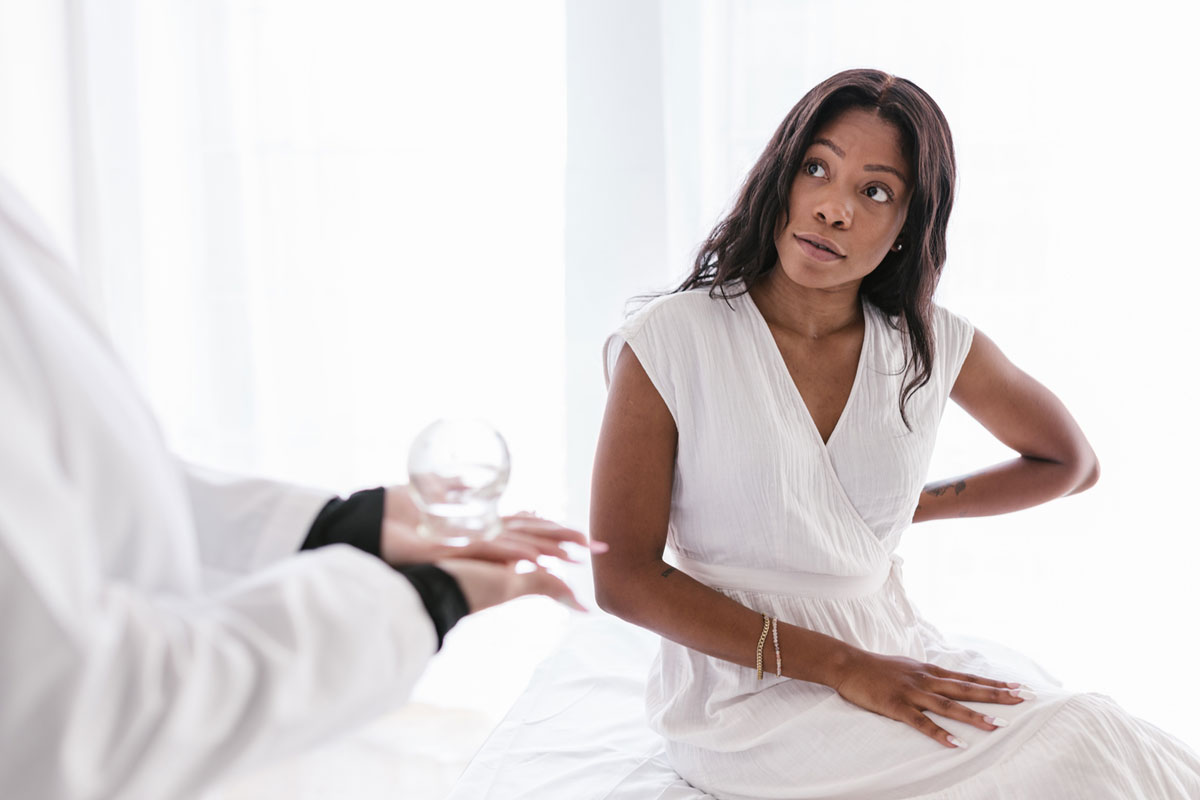
Full Diagnosis & Treatment
-
DURATION
90 min
-
WEEKLY
As needed
-
FEE
$NZ 120
This full 1.5 hour session is the deep assessment of your being and how your complaint has come about. First of all, you tell us what your main complaint is, how did it establish itself, how long ago, and how it has evolved to the point of consultation. You also tell us what else would you like us to address since the treatment is holistic and is likely to improve other related complaints. From here then we proceed with the diagnosis followed by the treatment itself.
